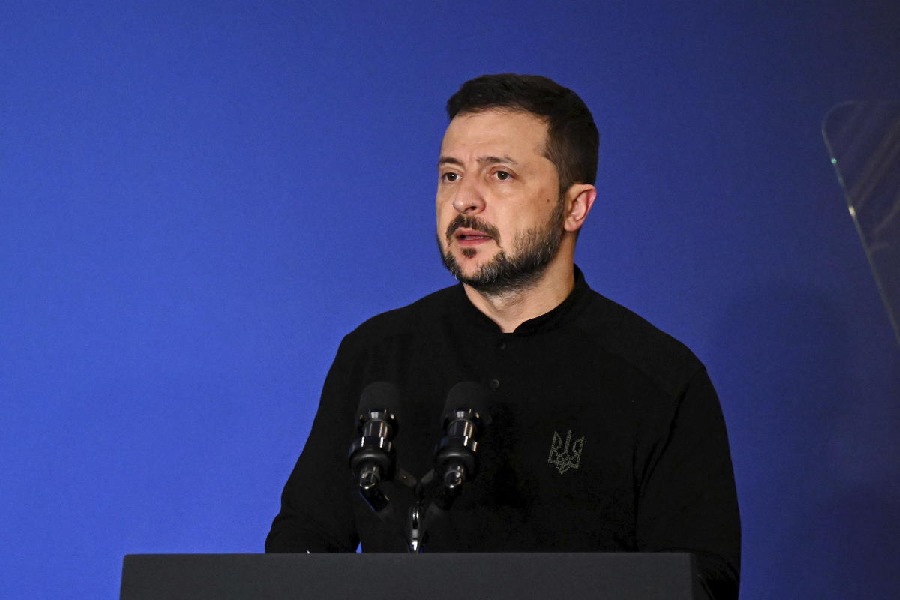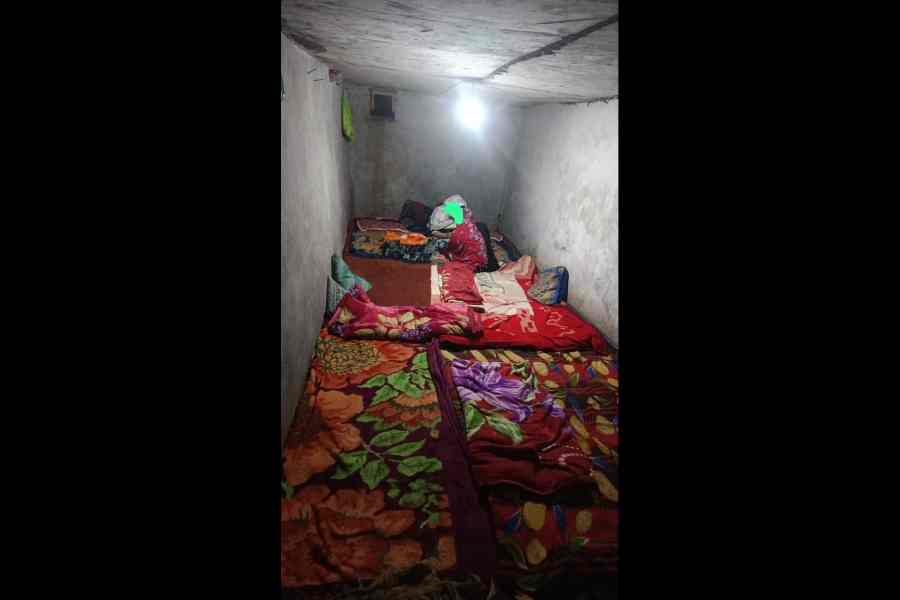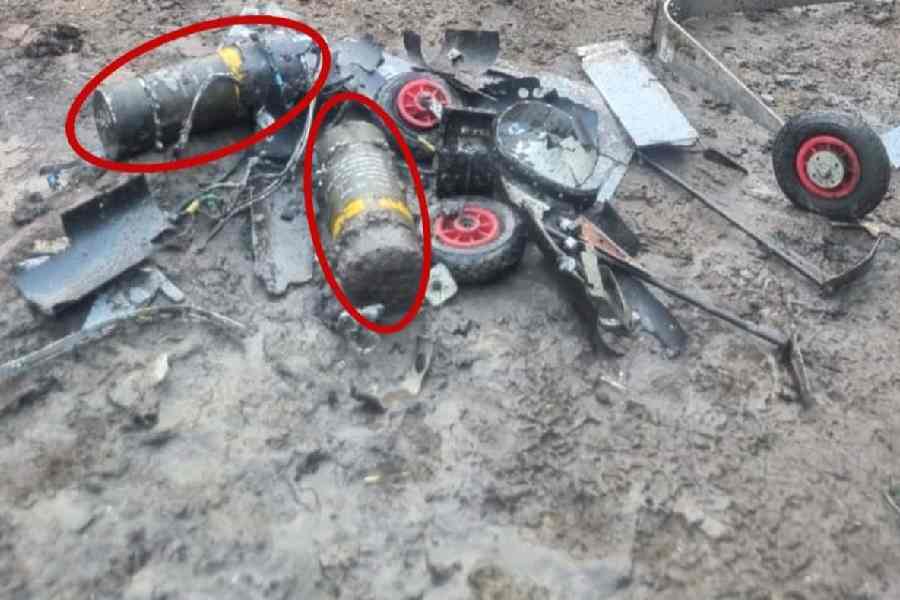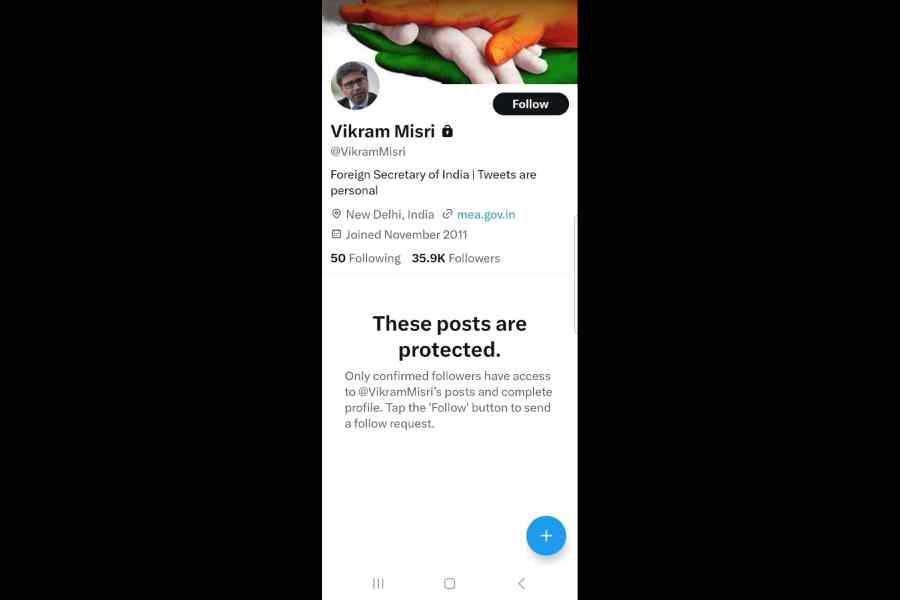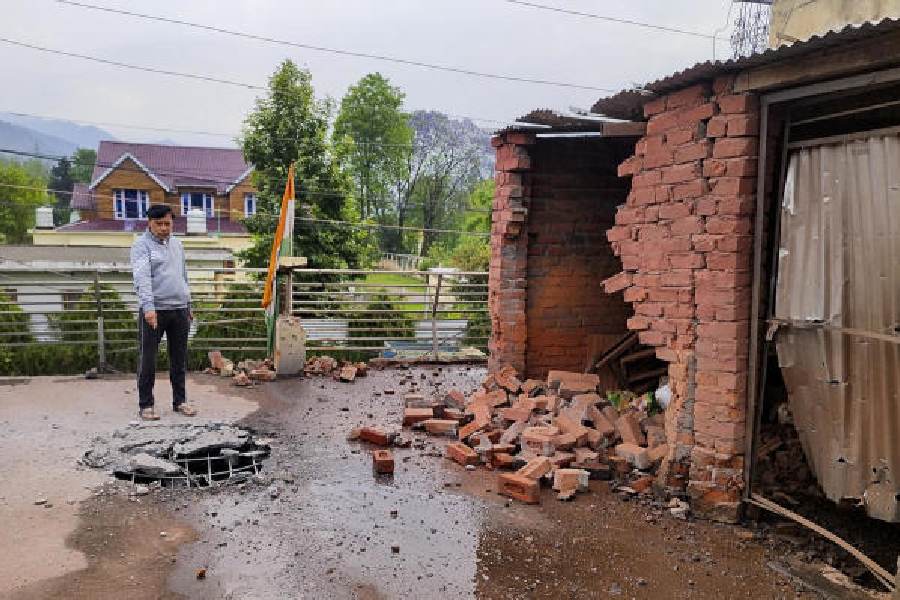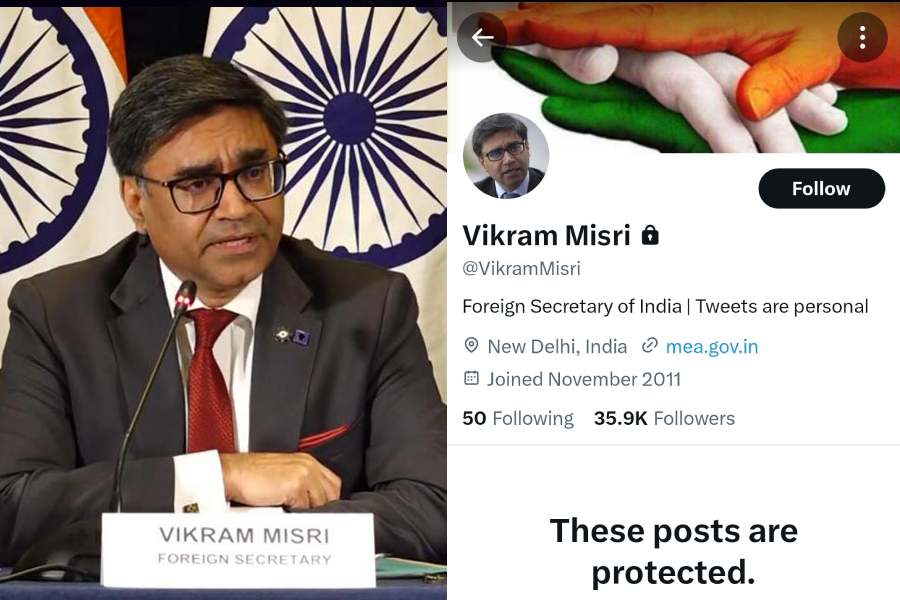At least 20 lives were lost in a blaze at Sum Hospital, Bhubaneswar, on Monday. It is a chilling reminder of the fire tragedy at AMRI Hospitals, Calcutta, that left more than 90 dead on December 9, 2011.
Is Ranchi, Jamshedpur, Dhanbad or Bokaro next? Will it take more deaths to activate the state machinery in Jharkhand to act seriously to prevent fire mishaps?
The questions demand answers even as additional chief secretary and principal health secretary K. Vidyasagar on Wednesday sought fire audit reports from district civil surgeons within a fortnight. They demand answers because Vidyasagar, who was principal health secretary of Jharkhand at the time of the AMRI mishap, had issued a similar directive five years ago, but there was no follow-up.
"I remember in 2011, I had directed fire audit of all hospitals and health service providers across the state. I need to check what happened. A fresh letter has been written to civil surgeons," Vidyasagar said.
Who has clearance
If state fire department records are to be believed, only five of the nearly 300 heal hubs in Ranchi has the mandatory NOC. These are Ram Pyari Ortho Hospital at Karamtoli, Kashyap Memorial Eye Hospital on Purulia Road, Raj Hospital and Santevita Hospital on Main Road and Orchid Hospital on HB Road. State-run RIMS has none.
In Jamshedpur, out of 30 only 10 have the NOC. These are mostly private facilities such as Tata Main Hospital and Tinplate Hospital. State-owned MGM Medical College and Hospital has no NOC.
In Bokaro, only one among six government hospitals and 22 out of 148 private ones have fire NOC. Of the 83 in Dhanbad, only three boast fire NOC and that list doesn't include state-run PMCH.
Sum Hospital, where a short-circuit and delayed response triggered the inferno on October 17, had apparently ignored recommendations for fire audit and NOC since 2013.
What regulations say
According to state fire officer R.K. Thakur, to obtain a fire NOC, hospitals and nursing homes first need a no-objection from the urban local body (RMC or RRDA in case of Ranchi), which clears building plans.
Under the National Building Code, 2005, hospitals are classified as institutional buildings and therefore, require fire protection architecture, which must include wide corridors, ramps and emergency stairway among other things.
At all times, the area around a hospital building must be kept clear for easy access of fire tenders (this was absent in case of AMRI Hospitals). The code also mentions clauses to be followed while constructing a hospital or sanatorium, but these are often violated.
The National Association of Fire Officers also has a detailed checklist that recommends hospitals and nursing homes to have active fire protection systems, fire-fighting installation details, fire prevention and awareness measures and a proper building plan.
"We check for height, area, approach roads, underground and overhead water tanks, sprinklers, hydrants, smoke detectors, manually operated electrical fire alarm, et al, before issuing an NOC to a hospital," Thakur said, but stressed that they did not have the powers to prosecute an offender. "We can only issue or refuse clearance."
Complacency curse
That health bosses across districts are unfazed is apparent when Ranchi civil surgeon Dr S.S. Harijan insists that 200-odd hospitals and nursing homes under his jurisdiction are registered under the Clinical Establishment Act, which by default means they are fire-safe.
For, annexure 6 of the Clinical Establishment Act mentions 25 mandatory licences that need to be furnished for clearance, one of them being the fire NOC. However, fire department records show only five have the NOC.
"If a clinic is registered under the Act, it means it has mandatory fire safety arrangements. But, this is an important issue. I have written to all registered health service providers to recheck their arrangements within a week. We will start surprise inspections," Dr Harijan said.
Rounds of pledge
Director of RIMS Dr B.L. Sherwal conceded that the state-run hospital in Ranchi lacked the mandatory fire NOC though, he stressed, that they held two mock drills last year.
"I convened another meeting this (Wednesday) morning. Officials have been directed to consult the fire department and get a safety assessment done. All gaps will be plugged," Sherwal said.
State-owned MGM Medical College and Hospital in Jamshedpur has old fire extinguishers whose effectiveness is questionable. But, superintendent Vijay Kumar Das said they planned to send a proposal to the health department for better arrangements. "We must revamp electrical wirings and install hydrants on the premises. We will hold a meeting with department heads on Thursday for suggestions to make MGM safer," he said.
East Singhbhum civil surgeon Dr S.K. Jha said they would issue a circular to all government and private hospitals. "They will be asked to seek NOC from the Golmuri fire station at the earliest."
A study in contrast
While BCCL-owned Central Hospital in Jagjivan Nagar and privately owned Asian Dwarkadas Jalan Hospital in Dhanbad are equipped with fire extinguishers, and the latter even boasts a carbon dioxide flooding system, state-run PMCH has no blaze control arrangements.
"We raised the issue with the health department (which sanctions funds) more than six months ago. We will write again," said PMCH superintendent Ranjan Pandey.
Civil surgeon of Bokaro Dr S. Murmu said he had read the riot act to heal hubs. "Those without NOC won't get permanent registration. Temporary ones won't be renewed either. They can either become fire-safe or down shutters," Murmu said, adding that he would soon form an inspection team.
Leading by example
Unlike Ranchi, most private hospitals in Jamshedpur flaunt fire safety.
The 900-bed Tata Main Hospital has begun installation of sprinklers in all the wards. "We already have smoke detectors, fire extinguishers and hydrants. We organise monthly fire drills, where attendance of doctors, nurses, paramedics and hospital staff is mandatory," said medical adviser to vice-president (corporate services), Tata Steel, Dr G. Ramdas. The hospital also boasts fire bridges and emergency passages.
Tinplate Hospital has fire extinguishers, hydrants and smoke alarms while experts routinely conduct mock drills. An annual fire audit is done to check electrical wirings and ACs. Tata Motors Hospital, managed by Tata Motors, has hydrants and sprinklers. Fire drills are also conducted.
Who will bridge gap?
The Bhubaneswar tragedy has jolted the Association of Nursing Homes and Hospitals of Jharkhand out of slumber, even if temporarily.
"We have written to members to strictly abide by fire safety norms. We are also thinking of ways to ensure that they do," said Vishnu Lohia, president of the association.
Dr Anant Kumar, chairman of FJCCI's health sub-committee, said equipping hospitals alone was not enough. "The staff should be trained in basic disaster management. Fire drills must be conducted regularly. Prompt action alone can save lives."
Additional reporting by Praduman Choubey in Dhanbad & Shashank Shekhar in Bokaro



